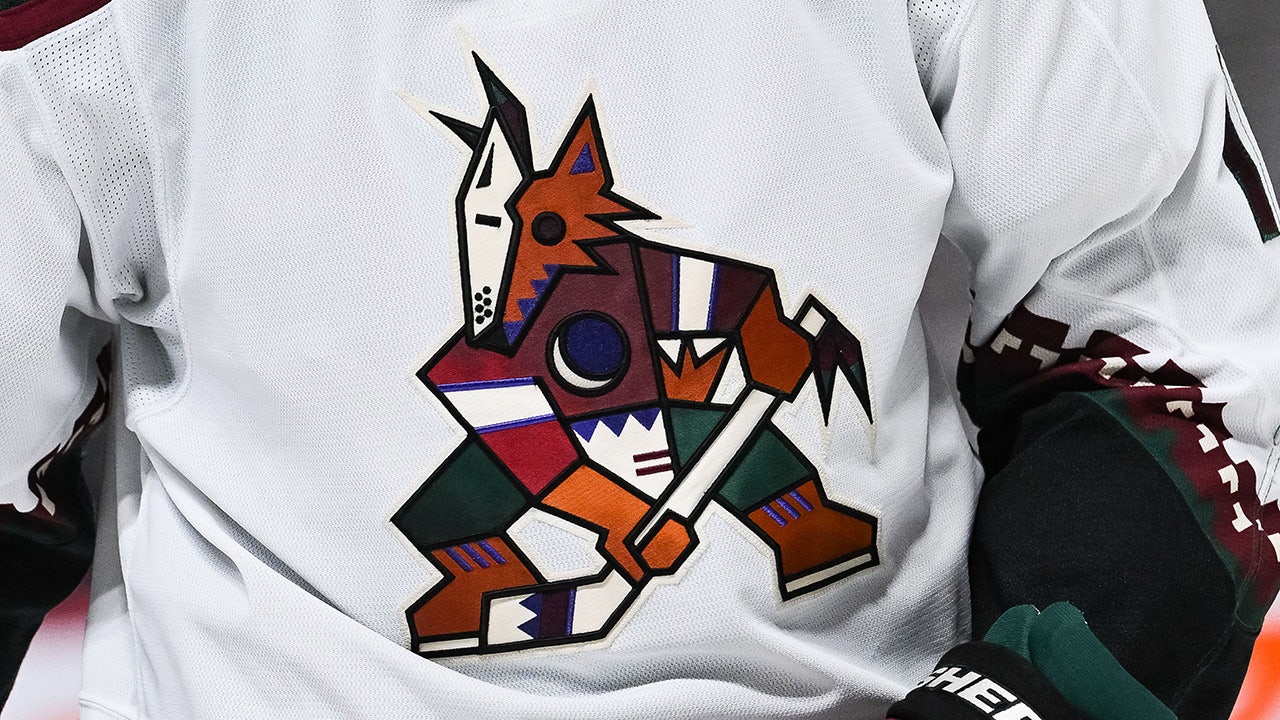Have you looked at his draft history in Calgary? It's a net plus for the Leafs having him sit this one out.Elliotte Friedman says that one of the restrictions on Treliving is that he can’t be at the draft table. Seems stupid if there is no restriction on whether he can be in Toronto’s war room and in contact with the table by phone.
You are using an out of date browser. It may not display this or other websites correctly.
You should upgrade or use an alternative browser.
You should upgrade or use an alternative browser.
2022-2023 NHL Misc. Thread
- Thread starter CanadaCanes
- Start date
Barf. Seriously ... the team is fine. The city, however ... just no. Florida, ostensibly a team located in Miami, finally making a Final only to find a town more tacky and horrible as their opponent is fairly appropriate though.
Sure. For that franchise, Babs makes perfect sense. He sucks and so does the McConnell family. Perfect fit. Go hire Peters as an assistant, while you're on the rehabbing horrible people's reputation tour. Maybe Mr See No Evil Quenneville can be their President.
Kinetico Bill worked for him for 3 years in Detroit, so he learned from the best.Sure. For that franchise, Babs makes perfect sense. He sucks and so does the McConnell family. Perfect fit. Go hire Peters as an assistant, while you're on the rehabbing horrible people's reputation tour. Maybe Mr See No Evil Quenneville can be their President.
Commodore calls Babs “shitstain” on Twitter and it’s not just Commie being Commie.
Pucking Lamplighter
Well-known member
dwind
Well-known member

NHL commish doubles down on desire to keep Coyotes in Arizona amid failed arena vote: 'We’ll make it work'
NHL Commissioner Gary Bettman said the league and the Arizona Coyotes continue to focus their efforts on finding a home for the team in the Phoenix area.
Fayettenamcanesfan
Well-known member
That banner made me be a Florida fan this week. In for that, I say F U...and they wonder why we hate them...
Jim
HurryCanes
Well-known member
Knights take the first game 5-2. All that beef on vegas made it a lot harder for the kitties to pull some of their thuggery on. Hmm
CanadaCanes
Well-known member
How does Sam Bennett hold a stick being that greasy…God that guy needs to have karma come calling for him. Loved watching the Panthers have their own fecal matter stuff rubbed right in their own faces…especially Tkachuk.Knights take the first game 5-2. All that beef on vegas made it a lot harder for the kitties to pull some of their thuggery on. Hmm
StormChaserBH
Well-known member
So roughly the Svech contract that he signed 2 summers ago coming out of the ELC, though more in signing bonus ($5M this year, $5M next vs. Svech $4M the first year) and more front-loaded than Svech's as well:Habs sign Cole Caufield, 8 years/$62 million, a $7.85 million AAV.
(total bonus+salary by year, rounded to $M)
Svech 6-7-9-9-10-7-6-8
Caufield 10-10-10-9-6-6-6-6
(they had to get it done before the inevitable Canes offer sheet
cmaleski2
Well-known member
The structuring of Svech's salaries that way was mostly due the escrows negotiated coming out of Covid. For the first 2 seasons of Svech's deal the maximum escrow amounts as agreed to by the NHL and NHLPA per their MOU that extended the CBA were higher than normal as the players had more of their salaries withheld to payback the overages from the Covid impacted seasons.
Those baseline maximum escrow percentages for Svech's contract were 14% in year 1 and 10% in year 2. They are 6% for the next 3 seasons. At the time Svech signed that deal, most players/agents intentionally were negotiating lower salaries in the seasons where the Covid related larger escrows were in play. Those high escrows and large balances due to the NHL guarenteed that the player would keep less of their salaries those years than normal.
Jordan Martinook's contract shows the same setup over those same first 2 years ($900k, $1.8 million, $2.7 million). Dougie Hamilton's deal also shows that desire to avoid losing larger percentages of salary to escrow in 21-22, and 22-23 ($6.3 million, $6.3, $12.6, $12.6, $11.55, $8.4, $5.25). I'm sure there are plenty more examples of that temporary switch in thinking where players wanted lower salaries upfront. I think Dougie's deal is the best example of it.
All about making sure the players keep more of their salary. Now that we are back to smaller escrows, most sizable player deals that start next season will return to the players wanting as much of their money upfront as possible.
Those baseline maximum escrow percentages for Svech's contract were 14% in year 1 and 10% in year 2. They are 6% for the next 3 seasons. At the time Svech signed that deal, most players/agents intentionally were negotiating lower salaries in the seasons where the Covid related larger escrows were in play. Those high escrows and large balances due to the NHL guarenteed that the player would keep less of their salaries those years than normal.
Jordan Martinook's contract shows the same setup over those same first 2 years ($900k, $1.8 million, $2.7 million). Dougie Hamilton's deal also shows that desire to avoid losing larger percentages of salary to escrow in 21-22, and 22-23 ($6.3 million, $6.3, $12.6, $12.6, $11.55, $8.4, $5.25). I'm sure there are plenty more examples of that temporary switch in thinking where players wanted lower salaries upfront. I think Dougie's deal is the best example of it.
All about making sure the players keep more of their salary. Now that we are back to smaller escrows, most sizable player deals that start next season will return to the players wanting as much of their money upfront as possible.
The Ducks hired Greg Cronin as their new head coach. He spent the last 5 years as head coach of AHL Colorado and has 11 years as an NHL assistant for the Leafs and Islanders. He was also head coach at AHL Bridgeport for 2 years and has 17 years of college coaching experience as an assistant and head coach at Colby, Colorado College, Maine and Northeastern.


